
50 years after Donald Johanson makes pivotal discovery of Lucy skeleton, NASA’s Lucy spacecraft studies Donaldjohanson.

50 years after Donald Johanson makes pivotal discovery of Lucy skeleton, NASA’s Lucy spacecraft studies Donaldjohanson.
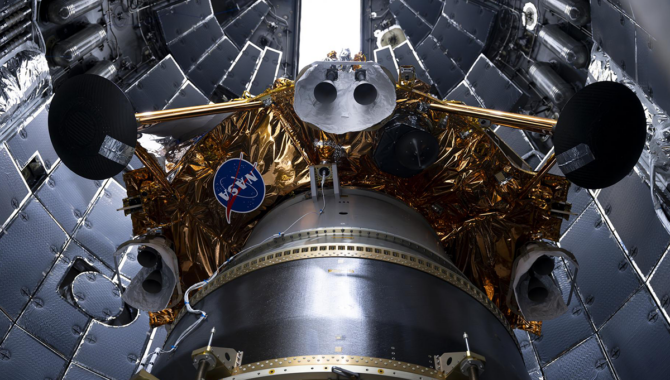
CLPS Blue Ghost mission delivers high-definition images of sunset from the lunar surface.
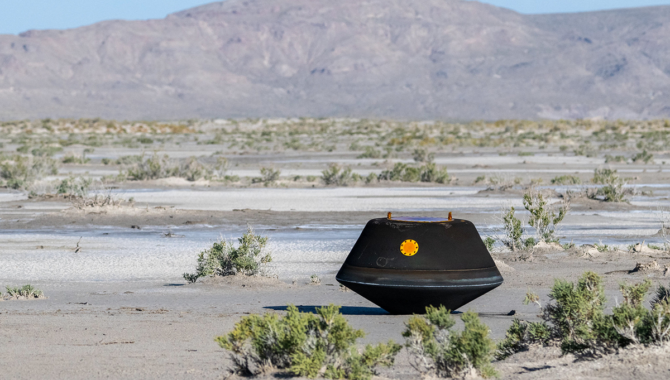
The parent of Bennu was deep in the solar system, held many of the building blocks of life, and likely contained salty brines below the surface.
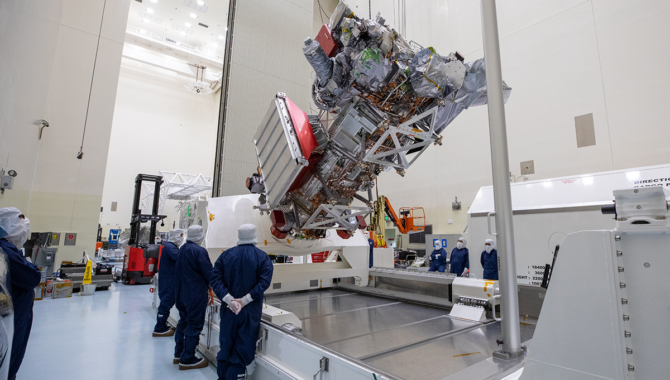
By examining Jupiter’s icy ocean moon, scientists hope to determine if conditions are right to support life.
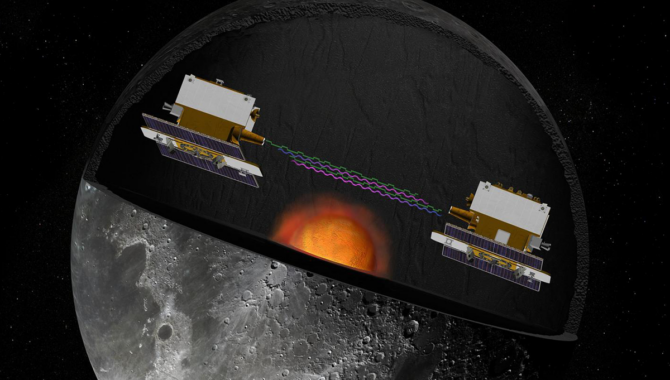
Twin spacecraft reveal the Moon’s complex interior and history.
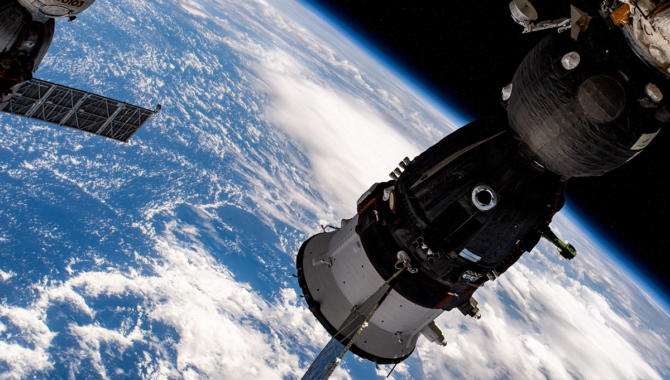
Powerful new spacecraft under development will guide the venerable station through Earth’s atmosphere to a remote ocean site, sometime after 2030.
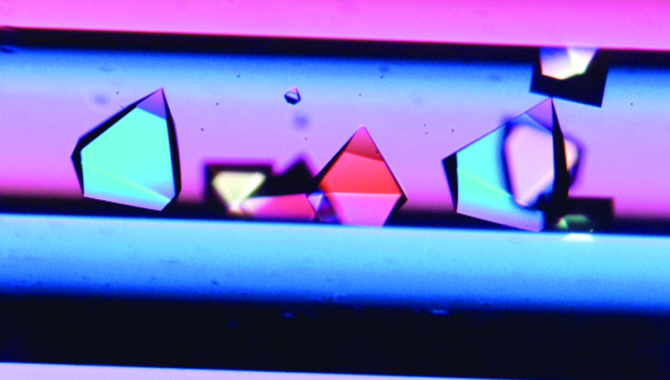
Unique properties of microgravity lead to more effective drugs.

Pointing method developed decades ago uses full complement of instruments to focus on targets with precision.
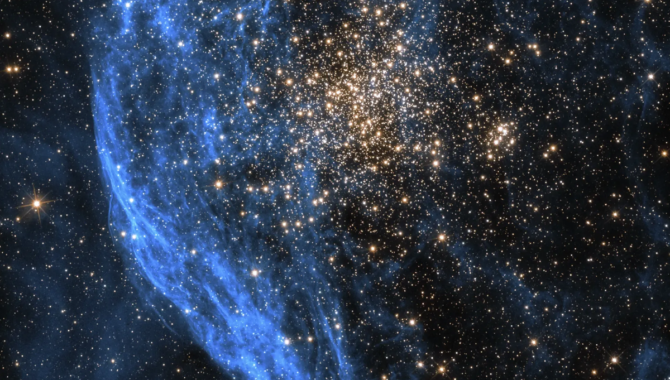
In an obscure paper, a prominent astrophysicist advocates for using rapidly advancing rocket technology to launch a massive telescope into space.